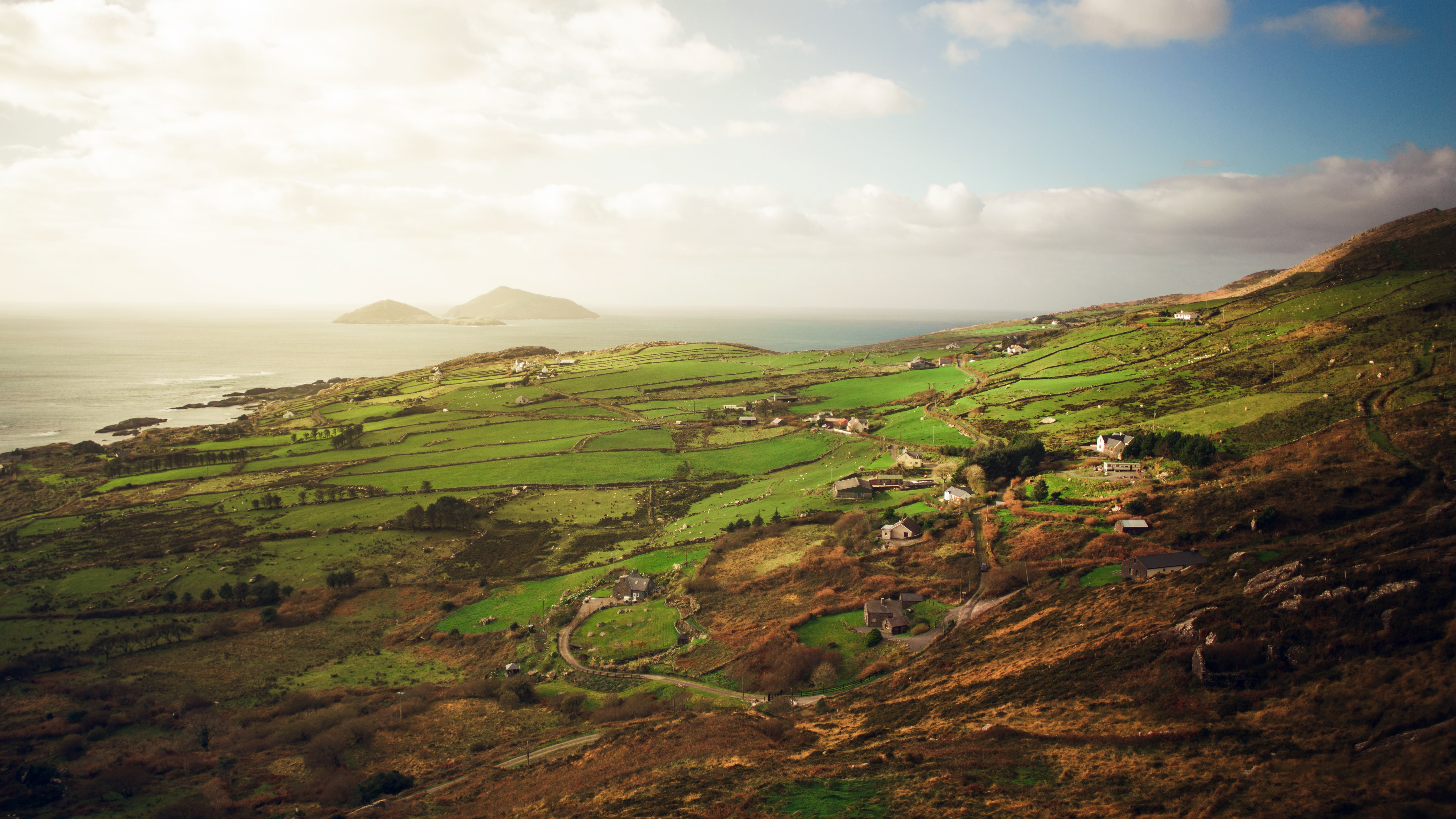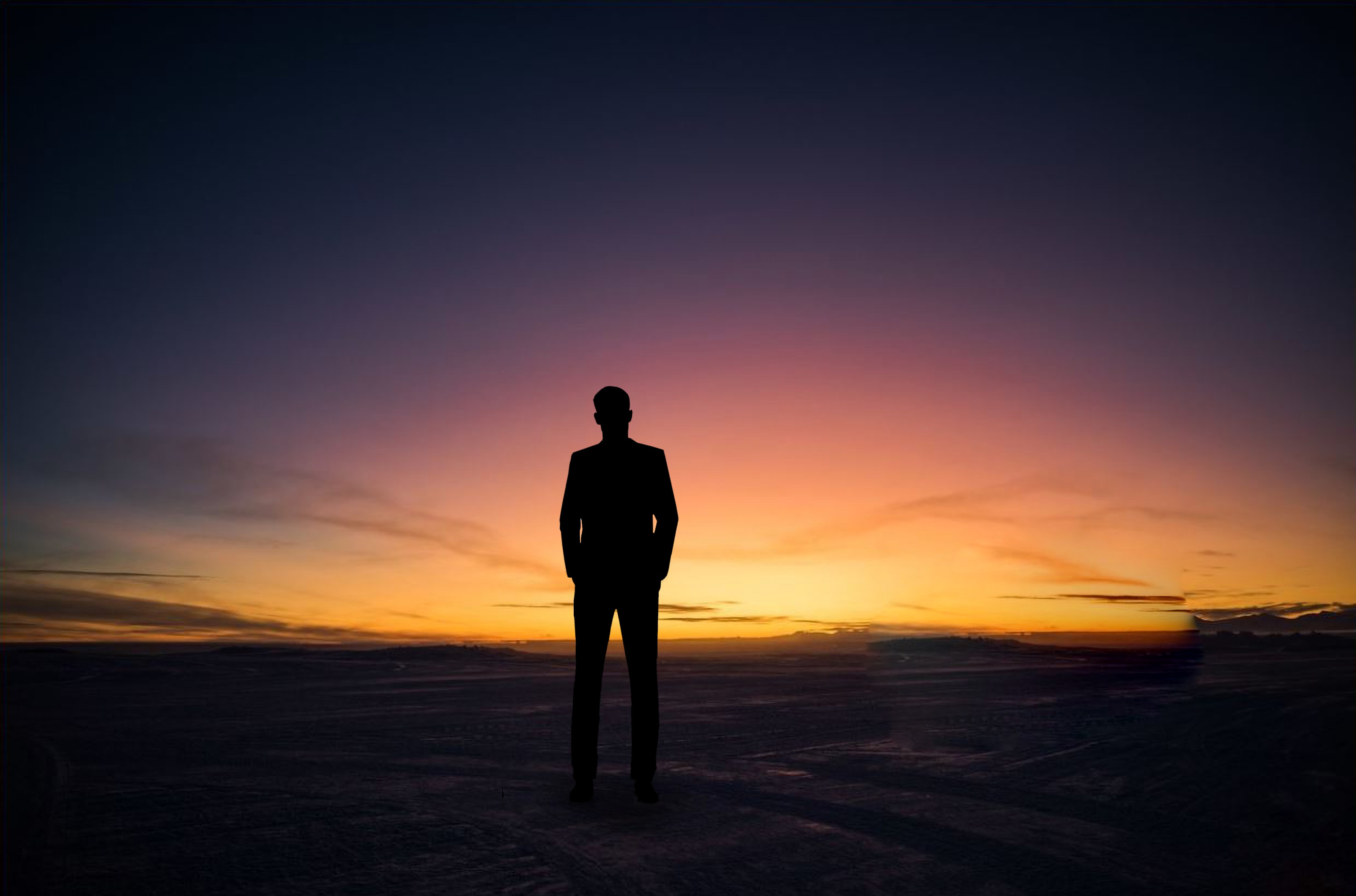
Lent Reflection 2020: Creatures
‘And God said, “Let the water teem with living creatures, and let birds fly above the earth across the vault of the sky.” So God created the great creatures of the sea and every living thing with which the water teems and that moves about in it, according to their kinds, and every winged bird according to its kind. And God saw that it was good. God blessed them and said, “Be fruitful and increase in number and fill the water in the seas, and let the birds increase on the earth.” And there was evening, and there was morning—the fifth day.
And God said, “Let the land produce living creatures according to their kinds: the livestock, the creatures that move along the ground, and the wild animals, each according to its kind.” And it was so. God made the wild animals according to their kinds, the livestock according to their kinds, and all the creatures that move along the ground according to their kinds. And God saw that it was good.’
~Genesis 1: 20-25
We have reached the point in the story when the earth becomes inhabited. The first creatures start to fill the water and the seas, quickly followed by the birds who start to fly. The picture we get is one of abundance; the earth teeming with creatures of all kinds. Hard to imagine, especially for those of us who live in cities!
As well as claiming ‘it is good,’ God then blesses his creation for the first time, telling them to be fruitful. It is important to note that God blesses all living creatures, not just the humans, who will be created next. Ruth informs us that the literal translation for both sea animals and human beings is ‘living soul’ or ‘living being,’ which should remind us that ‘biblically everything that has the breath of God in it has – or indeed is – a soul’ (p.110).
Birds
Ruth references the many times in the Bible when birds are used, symbolically and literally. Jesus reminds his disciples that God cares for even the sparrows, so how much more he must care for us (Matt. 10: 29-31; Luke 12: 6-7). Ruth quotes this passage by Elizabeth Cheney to make this point:
Said the robin to the sparrow,
‘I should really like to know,
Why these anxious human beings
Rush about and worry so.’
Said the sparrow to the robin,
‘Friend I think that it must be,
That they have no Heavenly Father,
Such as cares for you and me.’
Birds are facing a crisis at the moment, with numbers plummeting worldwide. Ruth tells us that the UK tree sparrow has declined by 95% since 1970. The African grey parrot is endangered; vulture populations in South Asia declined by about 95% between 1993 and 2000, and the European turtle dove is ‘vulnerable to extinction.’
This major decline is due to habitat loss and climate change. Urban development and changes in agricultural practices have led to habitat loss. This includes removing hedgerows and draining wetlands to provide more land for production. The move away from mixed farms means we don’t have the same levels of diversity in habitats, and pesticides and fertilizers have destroyed the insect population that birds rely on to survive.
Shockingly, the majority of birds in the world are now factory chickens, and there are now three times as many domesticated poultry as wild birds. It is challenging to think that the majority of the chicken we eat has come from birds kept in terrible conditions – something we could perhaps become more aware of and try to adjust our shopping and eating habits. We could start supporting farmers who are growing their crops and rearing their animals without using a lot of pesticides and fertilizers, by buying organic and local where we can.
Sea creatures
Over three billion people rely on marine and coastal biodiversity for their livelihoods, which is why Sustainable Development Goal 14 is dedicated to ‘conserve and sustainably use the oceans, seas, and marine resources.’
However, we are not doing the level of conservation work we should be. Only 7% of marine fish stocks are being harvested below the level of what can be sustainably fished. 60% are at capacity, and 33% are being harvested at unsustainable levels. In other words, we are over-fishing, globally. Sadly, industrial overfishing exacerbates poverty for coastal communities that depend on the seas.
Sharks and rays are being horrendously hunted, mostly for their fins and meat but also for oils and cartilage – at such a level that one in three shark and ray species is at risk of extinction. As commercial fishing depletes fish stocks, sharks are also left with nothing to eat, and 100 million sharks are killed every year when they get caught in the huge nets used for commercial fishing.
In order to address the issue of overfishing in our own lives, we must consume fish sustainably. The Monterey Bay Aquarium Seafood Watch programme and the Marine Conservation Society give great advice on what fish is good to eat, and what is potentially being overfished.
We can feel so helpless when we’re faced with such figures and statistics, realising that our actions have been part of the problem. But it’s really important to note that we can also be part of the solution, by buying and eating more mindfully. Ruth says, when we buy food we are either ‘on the end of a chain of blessing or a chain of cursing – what you buy and how you eat impacts those far off for good or for ill.’ (p.133).
As the world changes around us as we try to stop the spread of the coronavirus, many of us are feeling that this common threat is connecting us with our global neighbours.
Maybe we could use this time to become more aware of what we’re eating and the impact it could be having on our brothers and sisters around the world.
_RGB_AW.png?width=273&height=130&name=TF_Global_Logo_(Ireland)_RGB_AW.png)
